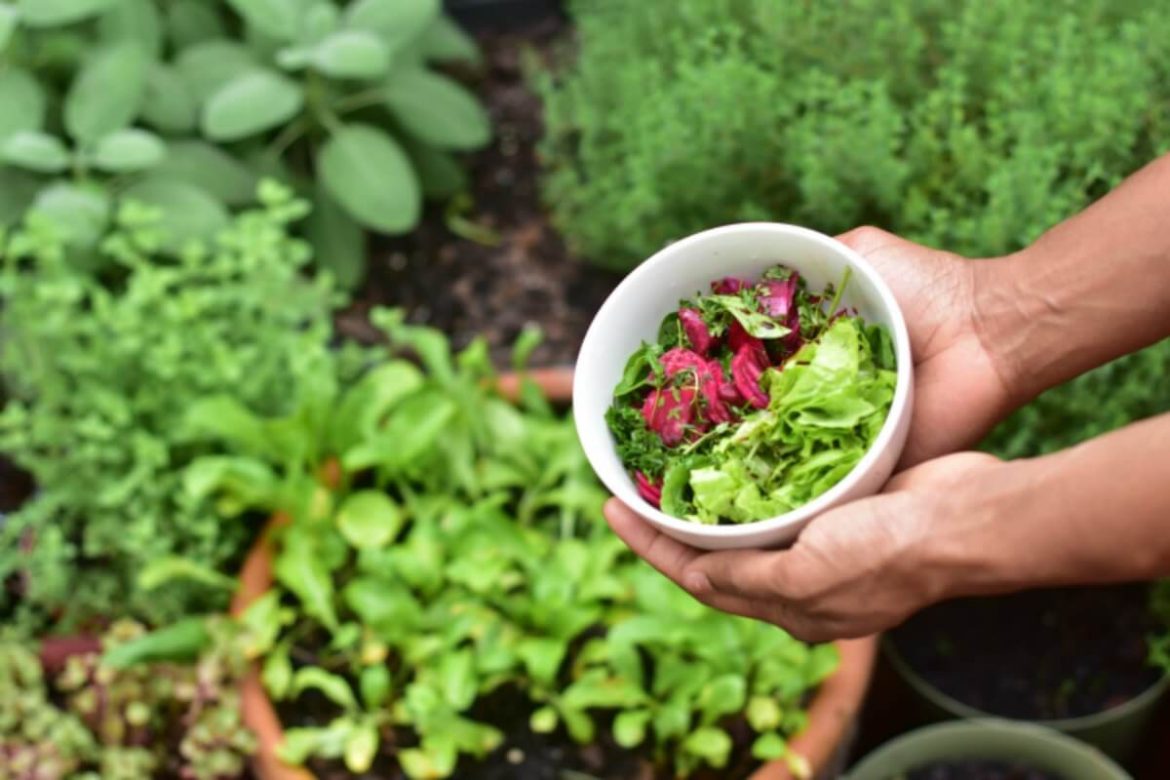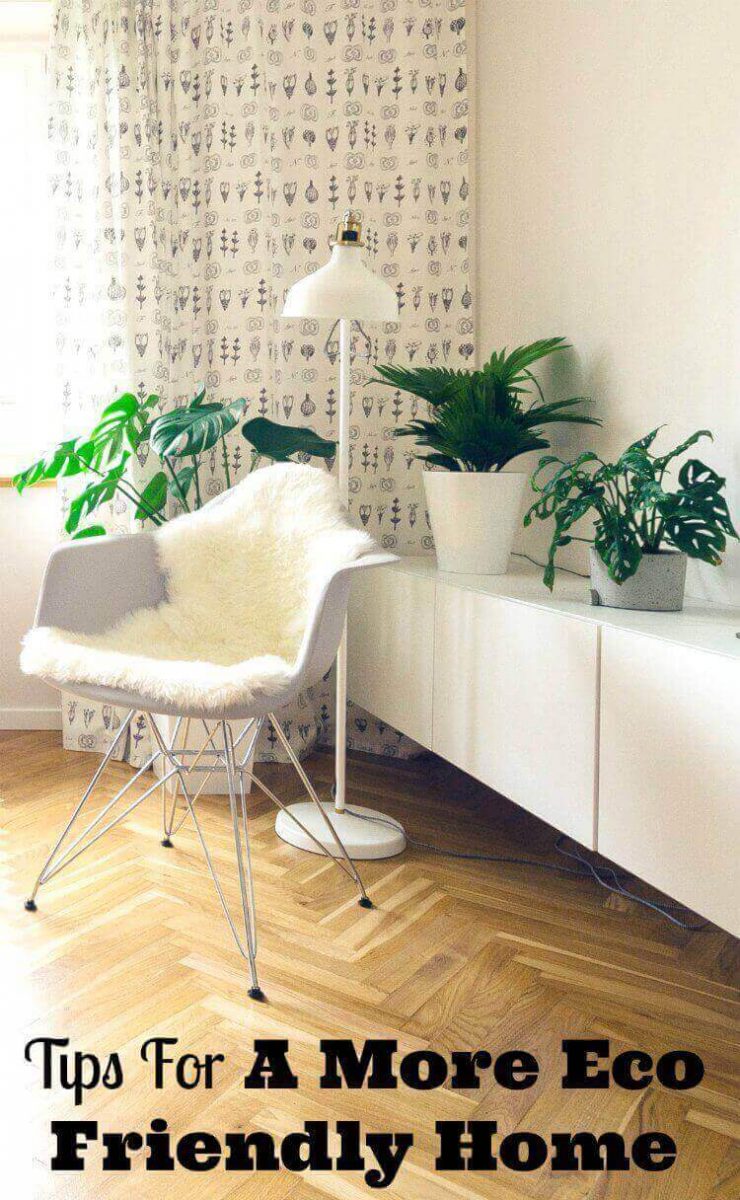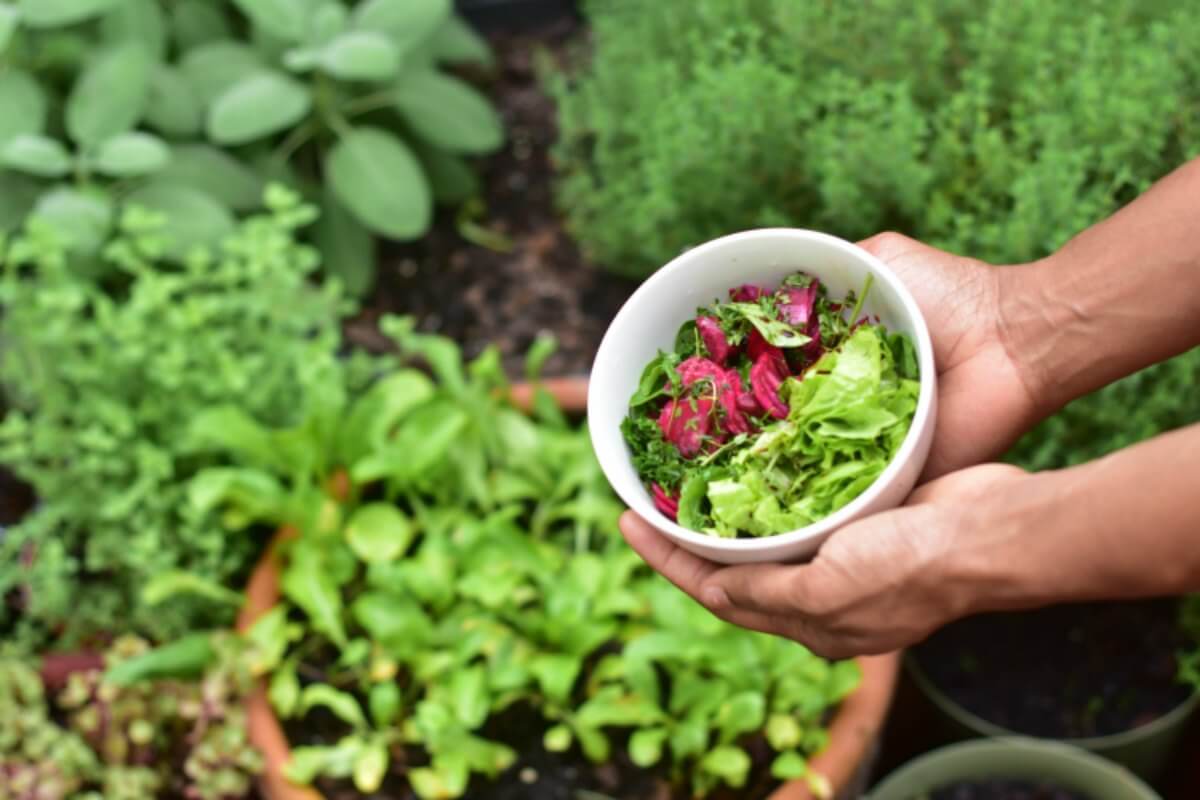One thing everyone is worried about these days is the environment. With threats like climate change, deforestation, and pollution, many people may be looking for ways to help. As a starting point, everyone can try to make their home more eco-friendly to help lessen their own impact on the environment. Below are fifteen eco friendly home tips that will help you go green in your home. You may be surprised just how easy it is to make your home eco-friendly with a small amount of effort!
How To Make Your Home More Eco-Friendly
Here are 15 eco friendly tips for your home. I hope you enjoy adopting these great green habits and green home technology to make your home eco-friendly.
1. Conserve Water

Save water by taking shorter showers instead of long showers or baths. A family of four can also save nearly 300 gallons more a month by installing a water-efficient shower head. By pressurizing water more highly, you sacrifice no water flow and save money as well as water. If you have a faucet that drips, fix it! Just by dripping every other second, a leaky faucet can send 80 gallons of water down the drain each month. You may also want to read about Water Conservation In The Garden .
In addition, remember that hot water is a major source of energy costs. Use cold water when possible. This lowers the environmental impact and carbon emissions from regular activities like doing the laundry.
Rainwater collection is a great way of conserving water usage outdoors and using untreated water on your garden and landscaped beds.
2. Convert to Greener Products
When buying things to bring into your home, try for natural materials. Look for zero waste sustainable choices. For example, bar soap in paper wrapping is less wasteful than liquid soap in a plastic pump bottle. It also offers a cost savings.
3. Choose energy-efficient appliances

Save up to replace your appliances with green alternatives. The Environmental Protection Agency suggests replacing any appliance that is more than ten years old with models that have an Energy Star logo, which means the appliance is energy-efficient. Appliances that qualify for Energy Star use up to 50% less energy than older models. Any refrigerator can be made more efficient by filling it up. By having a full refrigerator, the appliance stays cooler and keeps itself that way. You can also save money by controlling the electronics in your home that leech energy. Nearly half of the energy used by electronics is consumed while they aren’t turned on. Unplug phone chargers, computers, toasters, blenders, and other electronics when they aren’t in use.
4. Take care of your heating/cooling systems
Nearly half a home’s energy consumption is due to cooling and heating. Clean the air filters every month so the unit can function most efficiently.
If your heating and cooling unit is over ten years old, consider replacing it to make your home eco-friendly. New units are 25% more energy-efficient than their older counterparts.
You can also save money and energy by adjusting the temperature depending on the time of year. Just by turning the thermostat up three degrees in the summer and down two degrees during the winter, you save the world from almost a half ton of carbon monoxide emissions. Most new homes come with a programmable thermostat. To save energy and make your home greener, simply program your thermostat so it does not have to work so hard while you are at work or asleep.
You can keep your home cooler in hot weather by covering the windows and waiting until night-time to run the dishwasher and clothes dryer.
5. Change your lighting habits
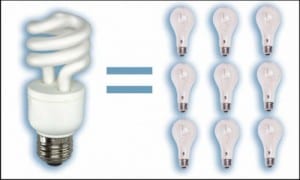
One of the easiest steps anyone can take to lessen the carbon footprint of their home is to purchase new light bulbs. Replace your light bulbs with the energy-efficient variety. CFL bulbs use 66% less energy than a regular incandescent, and they last ten times longer. Install solar-powered lights outside, instead of using electricity to light the outdoors.
6. Use Less Paper
Use fewer paper products and use recycled paper when you do have to use it. You can find 100% recycled, unbleached paper products for everything from paper towels to inkjet paper to greeting cards. Remove yourself from junk mail lists and sign up for online and e-mail alternatives to magazines and other periodicals whenever possible. When you go to the supermarket, carry your own reusable fabric bags.
7. Reduce your use of plastics

Every year, Americans discard over 100 billion sandwich bags, trash bags, plastic bottles, and other plastic items. Plastic items are made from petroleum, which is one of the highest contributors to global warming when processed. To make your home eco-friendly, instead of buying pre-filled bottles of water from the supermarket, buy a reusable sports bottle and refill it with your own filtered tap water. Any plastics that you do have to throw away, don’t just toss them in the garbage. Take them to be recycled.
8. Use non-toxic paint
One of the biggest hazards to our health is indoor air polluted with volatile organic compounds (VOCs) present in paints and wood finishes. VOCs can cause pollution and can be harmful to both human beings and wildlife if released into the air or the environment.When buying paint for any purpose, opt for widely available eco-friendly paints, low-VOC, and zero-VOC paints.
9. Check For Air Leaks
Sometimes, there are gaps that can allow warm air to escape from a home. During the winter, this can result in a lot more electricity being used to heat that home. This is why winterizing your home by checking for such leaks and fixing them is extremely important. Check around all doors and windows for air leaks. When you do find them, use calk or weather stripping to fill in the gaps. Sustainable homes should have a lower energy demand.
Large windows or poorly sealed windows would benefit from an upgrade to double paned energy-efficient windows. Sustainable building materials can go a long way towards lowering energy use and utility bills.
10. Perhaps most importantly…recycle

A quarter of Americans don’t recycle, though it might be the easiest and most effortless thing we can do for our environment. Instead of throwing drink cans in the trash, take them to a recycling center. Separate your plastic and paper from the rest of your garbage and recycle them. At the supermarket, look for items that have been made from recycled material or packaged in them. You can re-use any plastic shopping bags you have lying around by using them to line smaller trash bins or taking them along on walks to clean up after your pets.
When people think about green living ideas for the home, a lot of the same ideas come up– unplug things that aren’t in use, turn off the lights, make sure the faucet isn’t leaking, and so on. But there are many more ways to be green around the home than just those old standbys for the inside. Here are a few ways to be green on the outside of your home so you can be more environmentally friendly both indoors and out. These eco friendly home ideas can be a lot of fun to implement and enjoy.
11. Garden more
Instead of synthetic and chemical fertilizers, make your own compost from your kitchen’s food garbage, fallen leaves, and grass clippings. Plant your own fruits and vegetables when possible, to keep your source local and less expensive than picking the same things up from the supermarket. Don’t use chemical pesticides. There are organic and non-toxic methods to keep insects and weeds out of your garden. If you are physically able, use an old-fashioned push mower instead of one that requires gas. Electric and solar-powered lawn mowers are also available. Chose native plants for your landscaping.
If you really want to go all out, check into the Living Inside A Greenhouse Movement. Even if you aren’t prepared to go that far, you may enjoy a small greenhouse for growing your own fruits and vegetables year round.
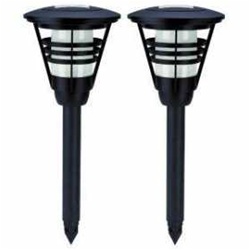
12. Solar
Everybody knows that the electric bill tends to be the highest of all the monthly bills we pay. And if you’ve got a large outdoor space to light, that can make it even higher. A great way to remedy this is by adding solar lighting to your outdoors. With solar lights, you’ve got no electricity costs and you’re reusing the sun’s power, cutting energy consumption and helping the environment. Whether you’re looking for some wall mounted lanterns or some path lights to line your shrubbery, you can find solar lights in every style. Just set them up, let them charge all day, and enjoy a well lit backyard at night! As a bonus tip, look for a set that has an automatic sensor to turn the lights on when the sun goes down. The benefits of outdoor solar landscape lighting go beyond going green and saving money.
Solar panels may be an eco friendly home option if you live in a sunny state. States like California, Texas, Florida, North Carolina, and Arizona are tracking high for solar installations. This type of solar energy improvement greatly increases energy efficiency of eco friendly homes.
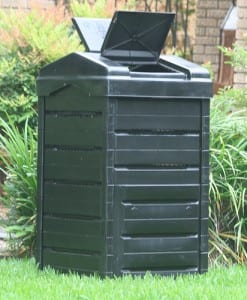
13. Compost Bin
Having your own garden is a simple way to eat healthy and be green at the same time. A lot of people may not think of it as being green, but buy growing and eating your own foods, you’re cutting down trips to the grocery store and helping support local (in this case, super local!) foods instead of those brought in from hundreds of miles away. And if you’ve got a garden or any sorts of plants around your home, composting is a must. That’s why a compost bin makes a great outdoor accessory. All you have to do is put in your compostable goods, like egg shells, cardboard, and yard trimmings, let them sit for a while, and you’ve got plenty of compost to help your plants grow to their fullest. You can even make your own DIY compost bin.

14. Reuse Items
Reusing items can be one of the most fun ways to be green in your outdoor area. This can take some creativity, but it can be very rewarding in the end, both for the sense of accomplishment it gives and how it helps you save money. For example, have some new plants or flowers you want to display? Instead of buying a new planter, take something from your home you’re no longer using, like a large baking bowl, tin can, or coffee can, and turn it into a planter. Decorate the outside, drill some holes through the bottom to let water drain, and you’re ready to go!
There are tons of ways to go with reuse projects, from repurposing old doors into tables, crates into ottomans, and pallets into outdoor furniture. The only limit is your creativity!
15. Chose Biodegradable Cleaning Products
Stop buying harsh bleaches, detergents, and other poisonous chemical cleaners, and buy eco-friendly, non-toxic cleaning products. Look for natural cleaning products that are environmentally conscious. Use biodegradable formulas with ingredients sourced from renewable plants. Or try homemade natural cleaning products. You may wish to read my review of Earth Breeze and their innovative eco-friendly cleaning products.
Conclusion
Being green on the outside of your home is just as easy as being green on the inside. I hope you found these tips useful for how to make your home more eco friendly. Which tips do you already employ to make your home eco-friendly?
Related Posts:
Eco-Friendly Baby Nursery Ideas And Tips
Washing Dishes The Greener Way
Free App Shares Ways Of Saving Energy & Lowering Utility Bills

